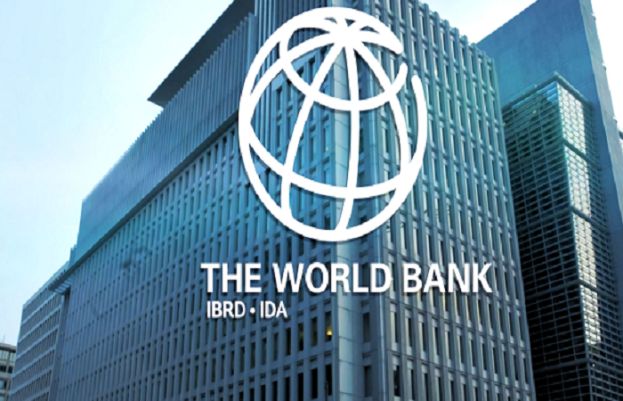The World Bank has projected Pakistan’s real GDP growth to remain at 3% in FY26, warning that the lingering effects of recent floods will continue to weigh on the country’s economic recovery. In its latest report, “Pakistan Development Update: Staying the Course for Growth and Jobs,” the global lender noted that growth could rise slightly to 3.4% in FY27, provided macroeconomic stability and reform commitments remain intact. However, it cautioned that tight fiscal policies, global uncertainty, and Pakistan’s exposure to climate shocks will likely keep growth constrained. According to the report, Pakistan’s economy expanded by 3% in FY25, up from 2.6% in FY24, driven by stronger industrial activity and an expanding services sector. It credited prudent monetary policy for helping contain inflation and support external and fiscal stability, even amid challenging conditions. While industry and services saw improvement, the agriculture sector underperformed due to adverse weather and pest attacks. The World Bank said recent floods have caused significant human and economic losses, damaging urban areas and farmland, and posing fresh risks to growth. World Bank Country Director Bolormaa Amgaabazar stressed that maintaining reform momentum and accelerating job creation are vital to sustaining growth, alongside strengthening social safety nets and resilient infrastructure to protect vulnerable communities. Lead author Mukhtar Ul Hasan emphasized the need for urgent fiscal reforms, including broadening the tax base, improving tax administration, and reducing the state’s role in the economy through divestment of loss-making state enterprises. The report also highlighted the decline in exports from 16% of GDP in the 1990s to just 10% in 2024 warning that dependence on debt and remittance-driven consumption fuels recurring boom-bust cycles. Calling exports the key to sustainable growth, the World Bank urged Pakistan to pursue broader trade reforms, including a market-based exchange rate, better logistics and energy infrastructure, and expanded trade and digital connectivity to boost export competitiveness, particularly in emerging IT services. Meanwhile, WB report’s co-author Anna Twum said that government has placed export growth at the centre of its development agenda and has made important strides in tackling policy and structural barriers, most recently through the approval of the National Tariff Policy, which will help lower costs for critical imported inputs. However, she noted, tariff reforms alone will not suffice and must be complemented by broader measures to ensure a market-determined exchange rate, strengthen trade finance, enhance trade facilitation, and expand access to export markets.
World Bank forecasts Pakistan’s GDP to grow 3% in FY26

